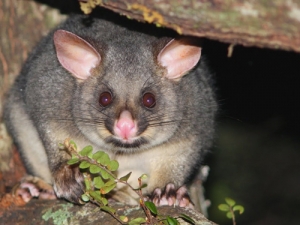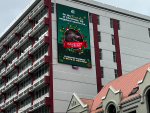The Waikato Regional Council is facing a range of environmental and production pest challenges this year following a busy 12 months controlling unwanted animals and plants.
A report to the integrated catchment management committee meeting has outlined the highlights of the council’s recent pest management operations, which cost $6.2 million in 2014-15.
The highlights include controls on 47ha of alligator weed, a plant that can significantly hurt farm production and create environmental problems. There were also extensive controls of other types of pest plants, including a new eradication programme for lantana.
The report noted excellent results in priority possum control areas thanks to a strong performance by contractors and staff. Successes were also found in the rat and possum pest controls carried out under Project Halo, a project designed to increase the numbers of native birds breeding and living in Hamilton. Elsewhere a continuation of the award-winning koi carp trap and digester trials, involved turning this pest fish into fertiliser.
Committee chair Stuart Husband says pest control work was a core part of the council’s work to support the environment, communities, businesses and farmers.
“We’ve had some good successes in the last year and we want to keep up the momentum we’ve generated,” says Husband.
“Pest animals and plants have the potential to significantly damage our native species and special places, and interfere with our economic well-being, particularly by the threat they pose to farming and cropping, as well as the marine environment.”
A further $1.3 million budgeted for last year will be applied this financial year, while the new budget for this year is $7.4 million.
This year’s funding includes an extra $250,000 to tackle Mediterranean fanworm on the Coromandel, a pest that can cause production problems on marine farms and damage the natural marine environment.
The council says the funding also allows for further controls on wallabies, which are slowly expanding their range from the Bay of Plenty into the Waikato between the Kaimai-Mamaku ranges and the Waikite Valley towards Taupo. Wallabies can damage pasture, crops and native plants.
Other challenges include keeping on top of kauri dieback after it was discovered on the Coromandel and implementing various new rules and policies.
“For its part, the council is committed to energetically staying on top of pest threats and working closely with partner agencies, iwi and the wider community to achieve our goals,” says Husband.



















